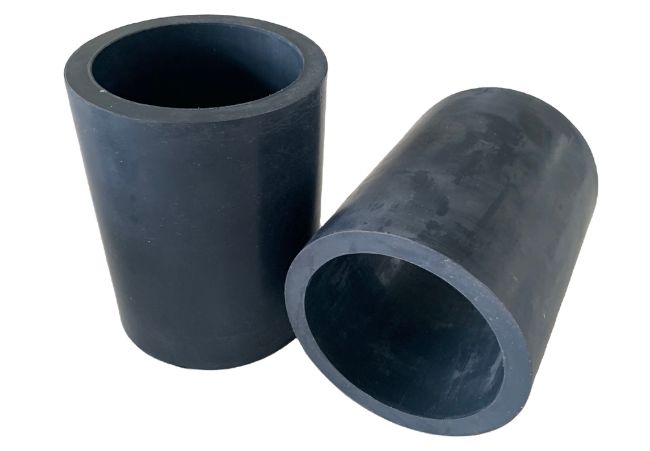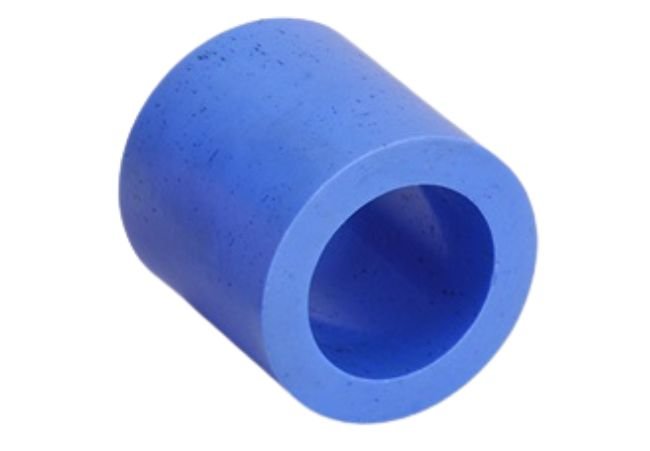Nylon Rod
HANSA nylon rod is known as PA Rod or Polyamide Rod. It is semi-crystalline polymers with excellent wear, sliding, and mechanical properties. This sheet is also highly load resistant and tough. Due to its less pressure manufacturing method, our nylon rod is almost stress-free.
- UL 94 HB Flammability rating
- +170°C Max. Operating Temperature
- 60% Elongation
- 6% Water Absorption
Professional Nylon Rod Manufacturer
HANSA is dedicated in supplying high-quality nylon rods with high melting temperatures. It can be a great alternative for metals in high-temperature purposes.
At HANSA, you can have nylon rods in various colors like black, natural (white), and yellow. Different grades are also available. You can choose whether glass-filled, unfilled, oil-filled, or MOS2.
The standard size of the rod is 0.187 in. – 13 in. outside diameter. Custom colors and sizes are available upon request.
Message us now!
Uses of Nylon Rod
- Bushing
- Bearings
- Bears
- Pulleys
- Release Blocks
- Valve Flange
- Engineering Parts
- Machined Components

It depends on the nylon material.
- Extruded Nylon 6/6: 12,400 PSI tensile strength
- Cast Nylon 6: 10, 000 to 13,500 PSI tensile strength
- MD-Filled Cast Nylon 6: 10,000 to 14,000 PSI tensile strength
- Oil-Filled Cast Nylon 6: 9,500 to 11,000 PSI tensile strength
Nylon Rod Certification
- ASTM-D6779
- ASTM D-5989
- Natural is USDA and FDA












